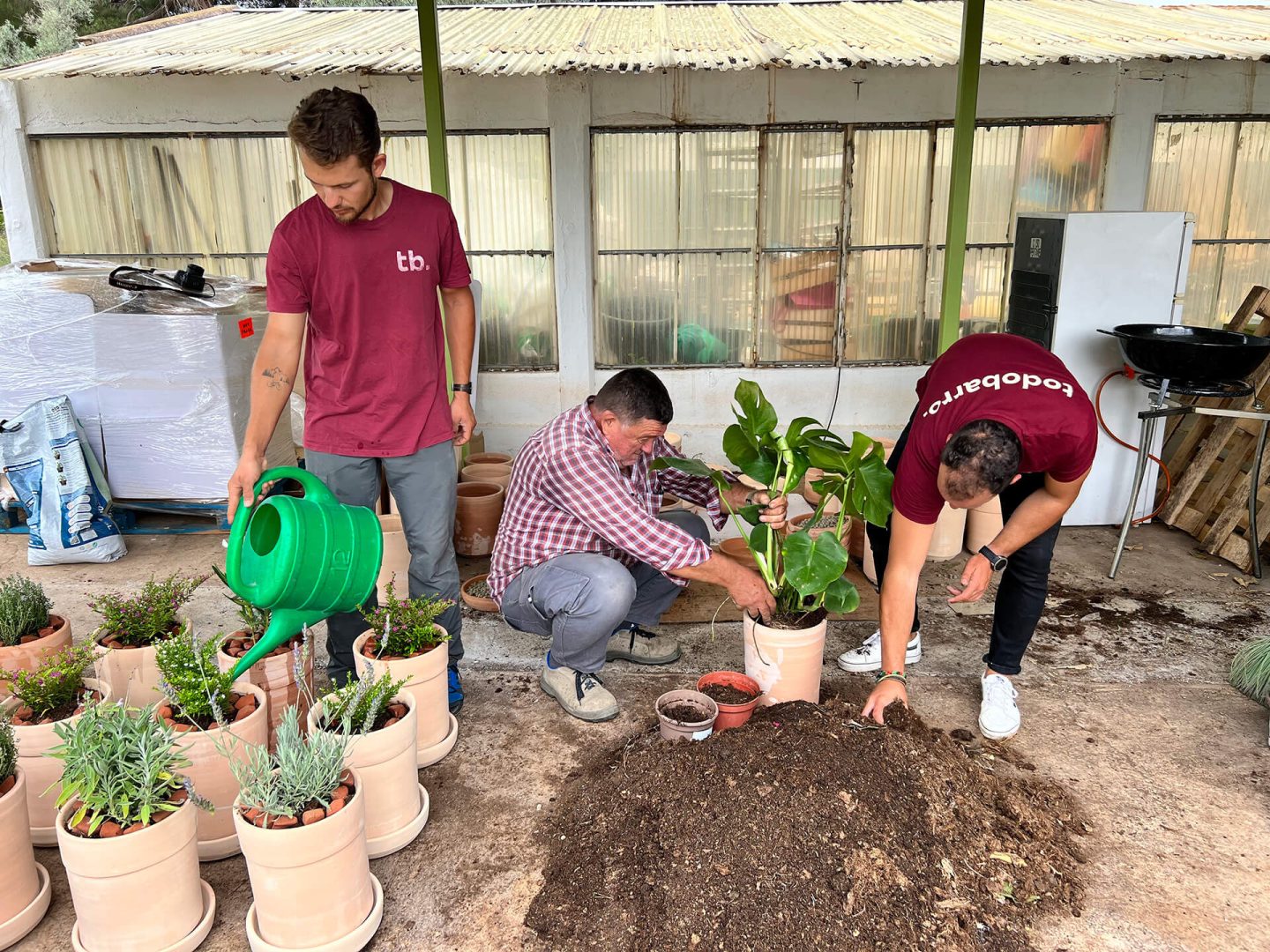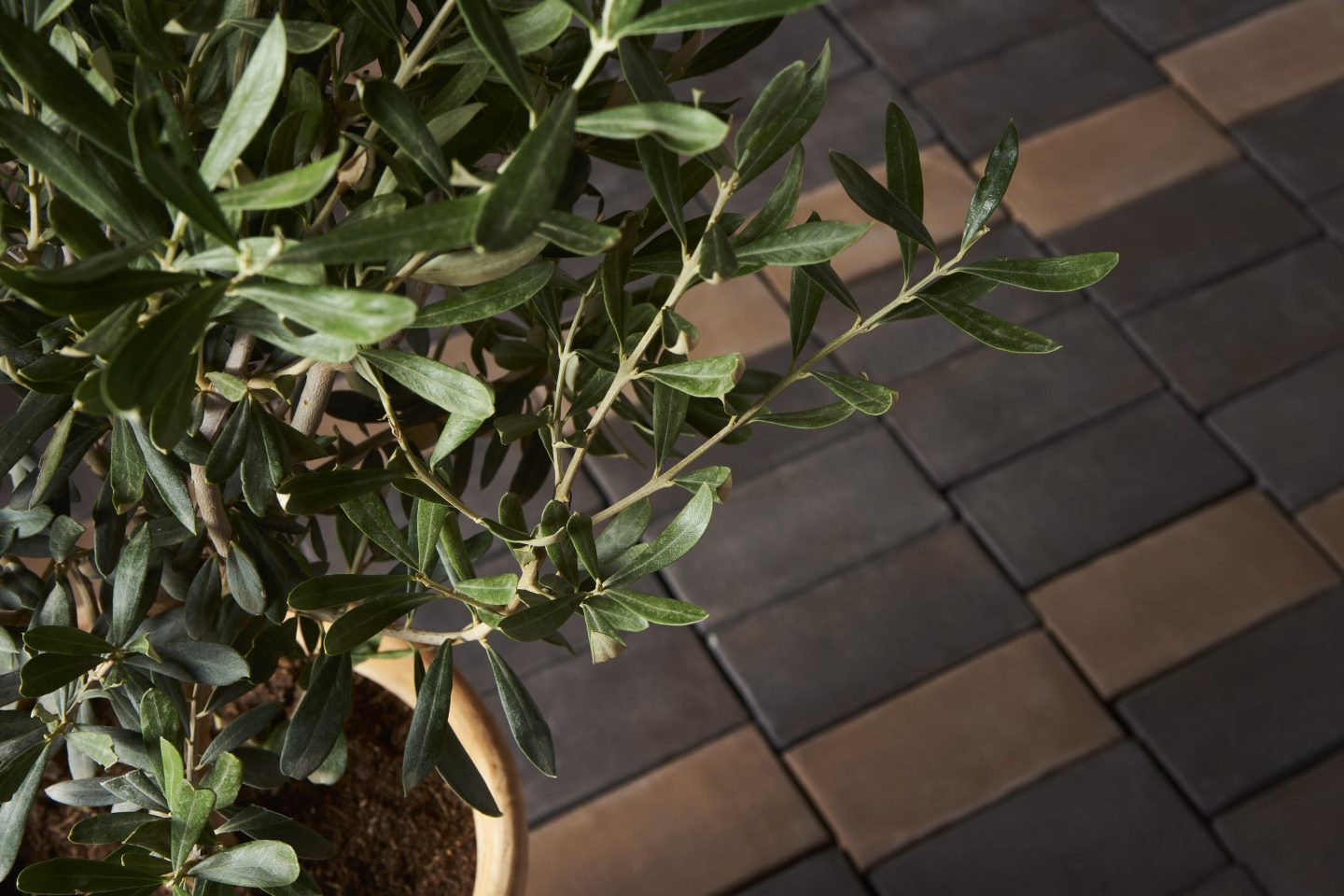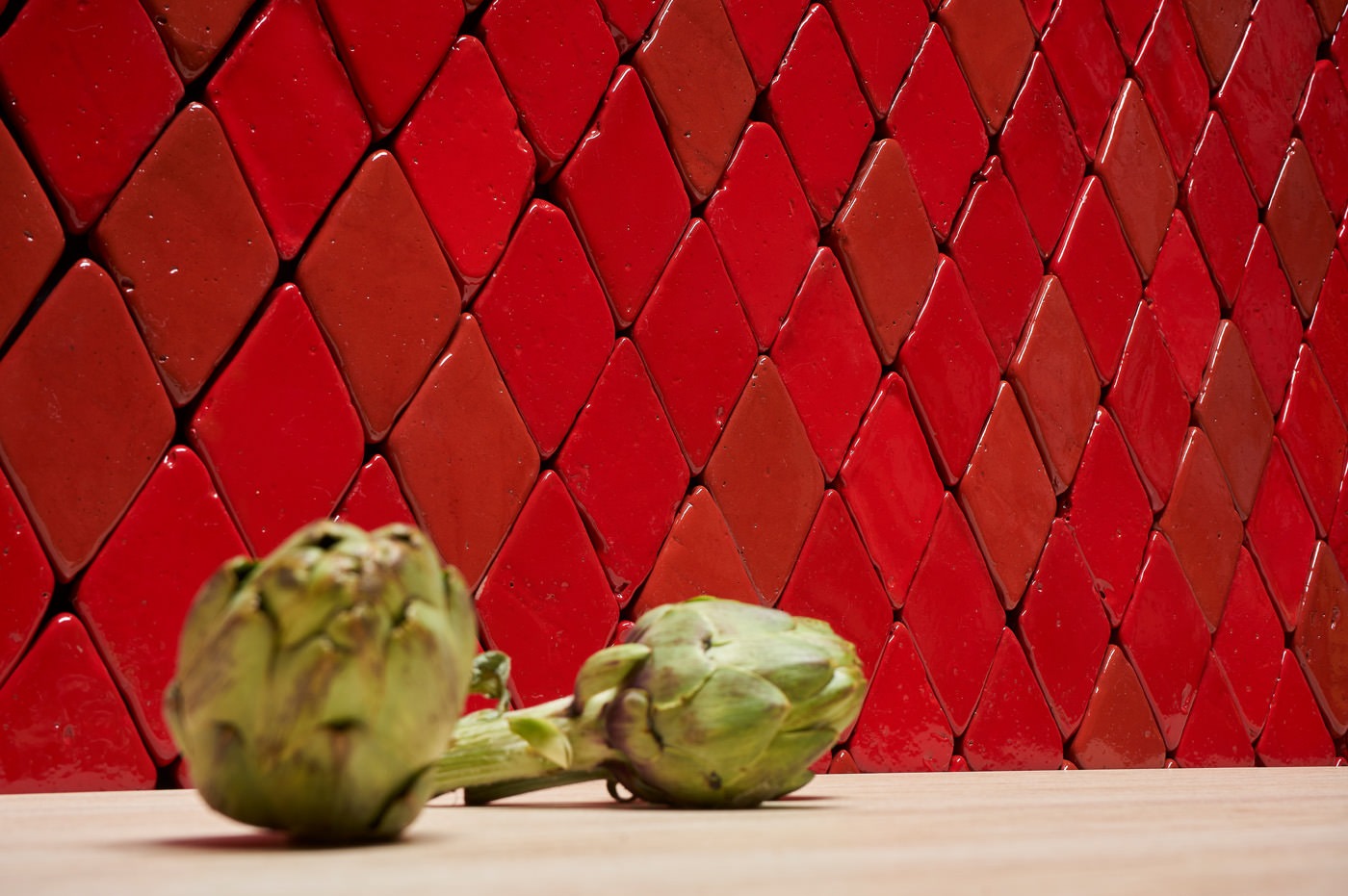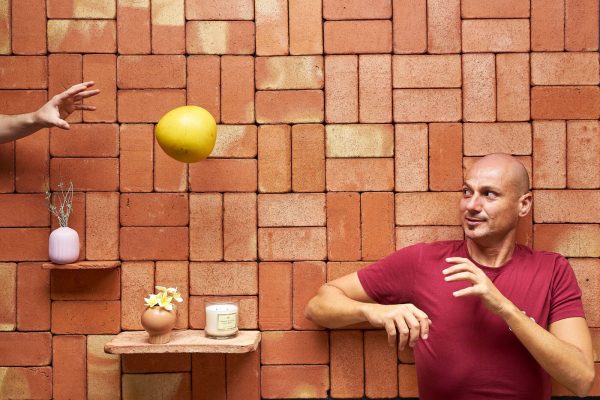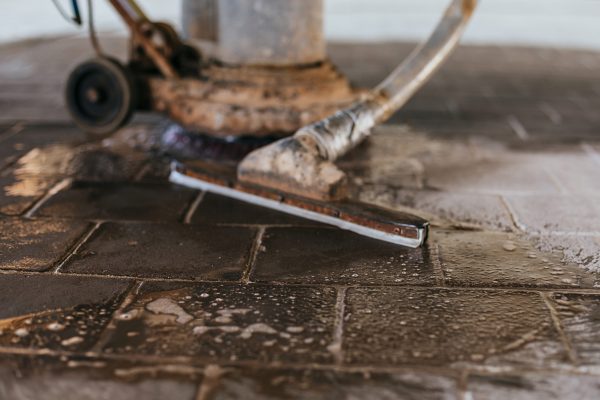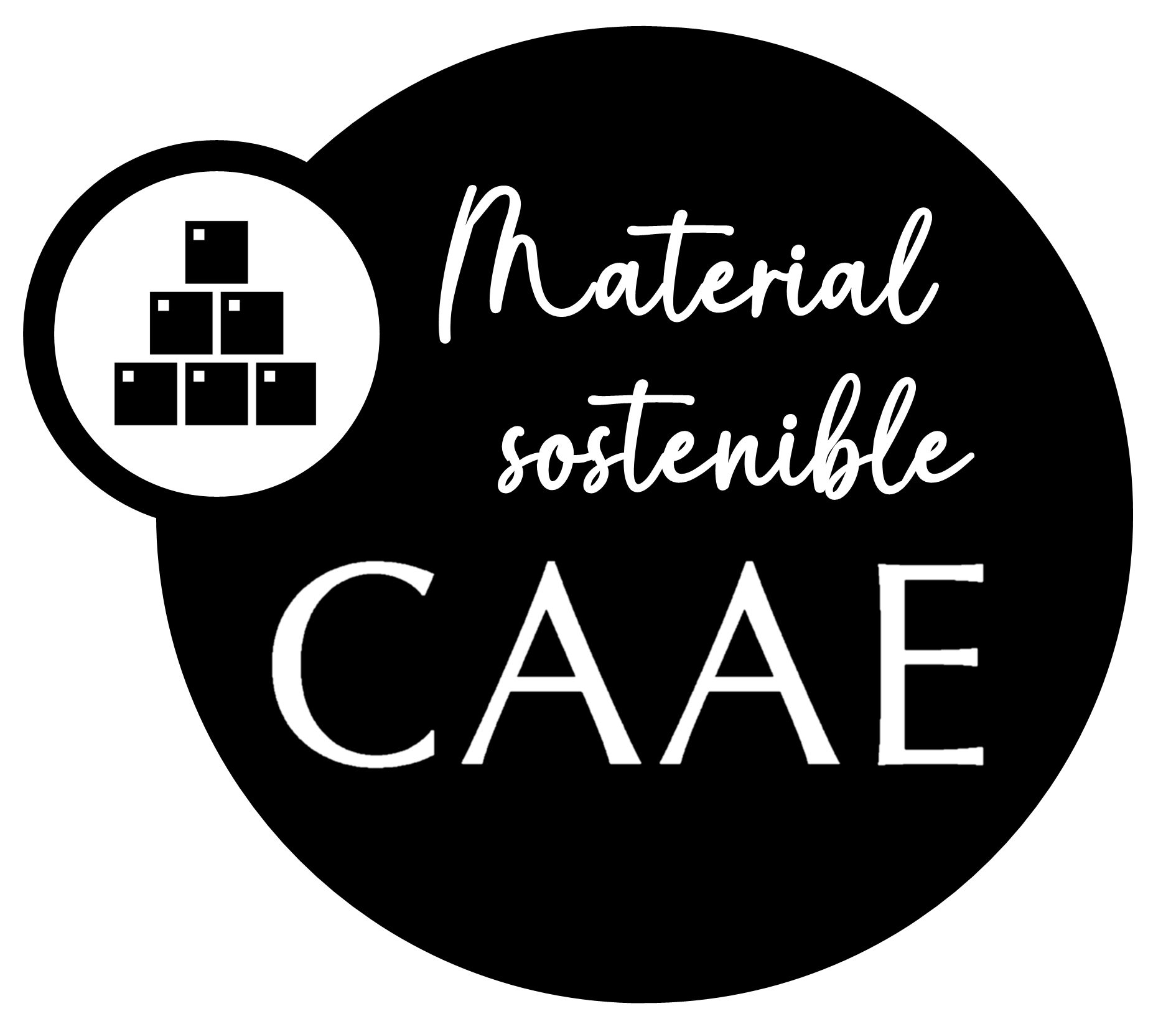
What is a compensatory measure?
We explore a concept that is going to be more and more present within our corporate lexicon
By definition, a compensatory measure is an action aimed to restore or repair de negative environmental impact of any give activity -usually of a commercial nature. If the bespoke negative impact has been unsuccesfully tried to avoid, everything that’s done beyond that with a reparative aim is considered a compensatory measure.
Usually, compensatory measures can’t repair directly the harm done. It becomes then necessary to generate a positive impact on the environment or damaged ecosystem that helps mitigate the consecuences of said damage.
Compensatory measures are an inherent to a sustainable business model
A good example of something that industrial activity can’t avoid (for now) is carbon emissions. Once these are reselased to the atmosphere, it is very difficult to repair or even calculate the exact consecuences of those particular emissions. However, there are mechanisms that can be put in place to contribute to carbon sequestration from the atmosphere. This comprehends, for instance, the plantingof species that are highly efficient in CO2 sequestration.
A few years ago, in collaboration with the Chair of Climate Change of the University of Malaga (with which we continue to collaborate closely), we kickstarted a compensatory measure project that had a multidirectional impact: the Island of Alboranic Biodiversity. It is an experimental model that maximizes the harnessing of nature’s mechanisms of self-restoration. In this particular case, we are talking about carbon sequestration, sheltering of native fauna, filtration of water courses, soil retention…
todobarro incorporates compensatory measures to our physical reality
There are many ways to engage with compensatoy measures. Some companies that don’t really have a physical location choose to outsource their compensatory measures to specialized companies or experts to do it for them.
However, we have the choice to be really proactive, and we get to take permanent measures that will continue to better their environment. One of them, as we said, is the Island of Alboranic Biodiversity, which occupies the whole slope of todobarro’s tile factory. But we’ve also carried out a huge work of ecological restoration with a hectare of property, where now thrives all kinds of native biodiversity that had run out of safe places to live, thanks to the industrial activity of the area. There aren’t any chemicals used there, and we’re seeing again healthy populations of foxes, bagders, birdlife and other native species.
An excercise in creativity: Nature Based Solutions are the future
At todobarro, we live by an ambitious principle: that it actually is possible to sustain a business model that has a positive impact on the w0rld around it. Just as Pedro Rosa told us in this interview, sustainability is more about creativity than financial resources.
The truth is, there are more and more people dedicated to the research and the taking of mitigation and adaptation measures for climate change. todobarro’s bet lies on the investment of our resources to add that expertise and savoir faire to our skillset. Sustainability is part of our DNA just as much as design, craftsmanship and client service quality are.
We are very lucky in that we work with a product that is intimately related with concepts that the world is going to increasingly need more and more: bioclimatism, circular economy, ecodesign… That’s why the projects we choose and develop have those qualities in their very core. It’s the case of the project of the Port of Seville in which we are reusing the sludges from the riverbed for the research and the development of blocks of compressed earth that will serve to pave the very own portuary landscape. All of it will be made from an eco-shop on site.
We have other very exciting projects between our hands that are still in the developing phase and we’ll tell you all about them on this blog and our social, but we can say that they have at their core sustainability, restoration and energetic efficiency. Can we talk about compensatory measures when the very own production of the company is what betters the environment in which it operates? Probably not. But blurring the line is a challenge we are excited about.
